A brief return to South Australia

There were several things we really wanted to do after hitting the road from Alice Springs.
The first was to see the centre of Australia in rare bloom. Tick.
We wanted to visit Uluru again. Tick.
We hoped to see rain on Uluru. A big tick.
And we hoped to do some volunteer work for the Australian Wildlife Conservancy (AWC), Birds Australia, or Bush Heritage Australia.
Before leaving Alice we had approached AWC to let them know we’d like to help out, but we hadn’t heard back. Oh well, we’d just have to go exploring. While we were staying at Uluru, we did get an email from them. We’d soon organized to do some volunteering at their Scotia Wildlife Sanctuary, in outback NSW. We gave ourselves around two weeks to get there. No doubt we could have made it there in only a few days, but we wanted to enjoy our travels and explore the countryside along the way.
So off we headed, vaguely south-east. We had two options – we could travel along the highway, visiting the towns along the way and exploring around them, or we could go off-highway, travelling along paths such as the Oodnadatta Track. In the end, the weather decided for us. Heavy rains around the time we left Uluru closed most of the dirt tracks. With our deadline in the back of our minds, we decided to travel down the Stuart Highway.
We travelled through some beautiful country along the way. We explored some interesting rocky hills around the settlement of Kulgera, near the border with South Australia, continuing south to camp in the mulga beside the highway near the township of Marla. We were pleased the next morning to see flocks of budgerigars flying to and fro. Even in outback South Australia the countryside was unusually green and bursting with life.
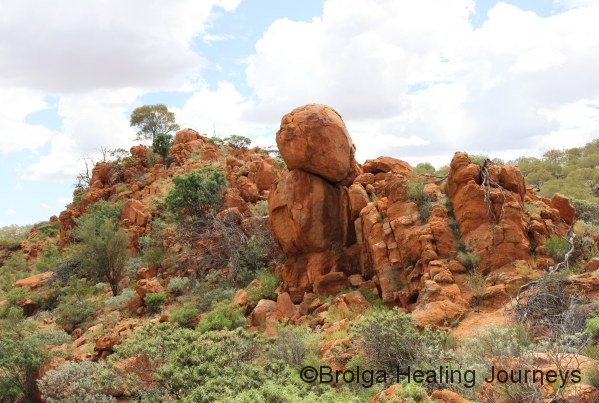
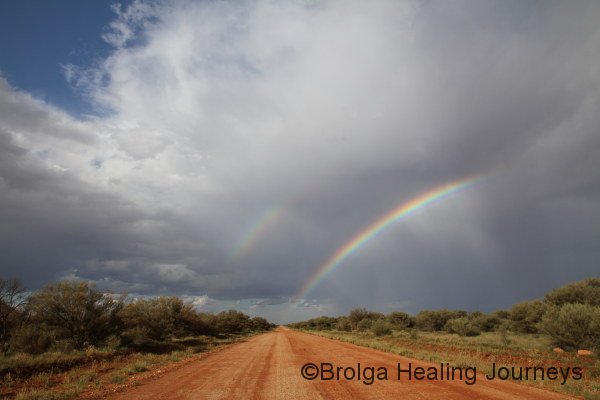
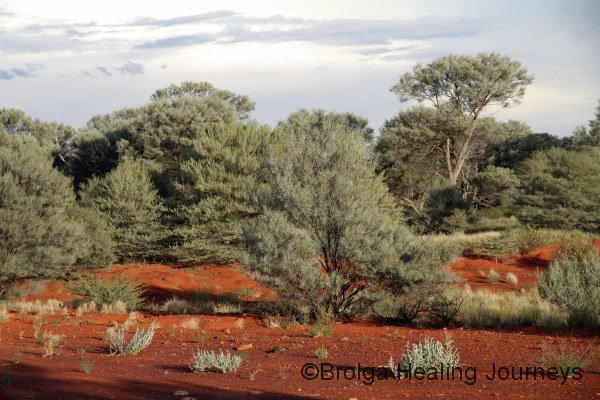
Next stop, Coober Pedy. We arrived in oppressive conditions; hot and windy. We visited the ancient, dramatic erosion cliffs of the Breakaways north of town, battling the winds at the cliff-top lookouts. The drive into town took us past one opal field after another, scars on the landscape. The seemingly endless piles of soil left from opal diggings came as quite a shock after weeks spent in pristine, natural surroundings. It was an ugly reminder of the effect of white-man’s impact on the country. The traditional Aboriginal people of the area considered the opals to be the colourful eggs of the ancestral Kingfisher being who formed the region. Well, the eggs have well and truly been plundered from the nest.
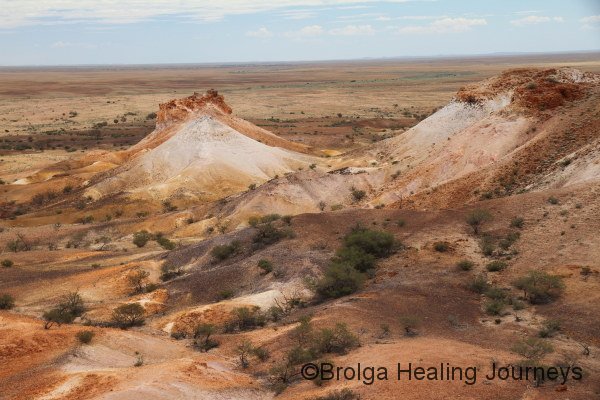
Coober Pedy is an interesting place. It still has a slightly wild feel to it, though locals now say it has lost some of its character with the arrival of red tape, and government control over much of mining activity. While this has probably improved safety conditions in the mines, it has also had the effect of driving many small scale miners out of the industry.
Much of Coober Pedy is underground, a very sensible way to avoid the weather extremes of the region. And with wild weather – the natural enemy of the camper trailer – looming on the afternoon we arrived, we decided to do as the locals do and shout ourselves a night in an underground motel – appropriately, if unimaginatively, named ‘the Underground Motel’. It was beautiful, cosy, luxurious, inexpensive, and cool. We loved our stay. We especially loved the fact that when a wild thunderstorm hit town that night, we were safely tucked away, like a couple of hobbits, in our underground room.
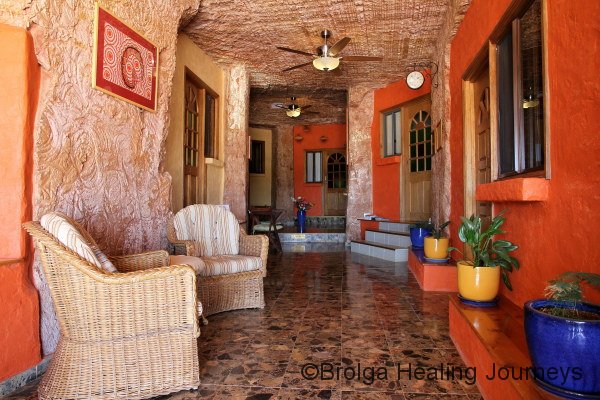
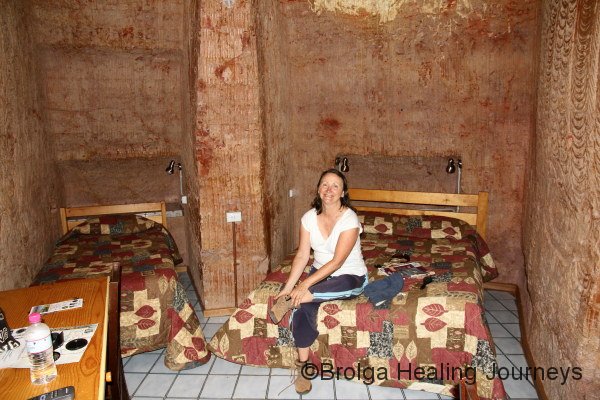
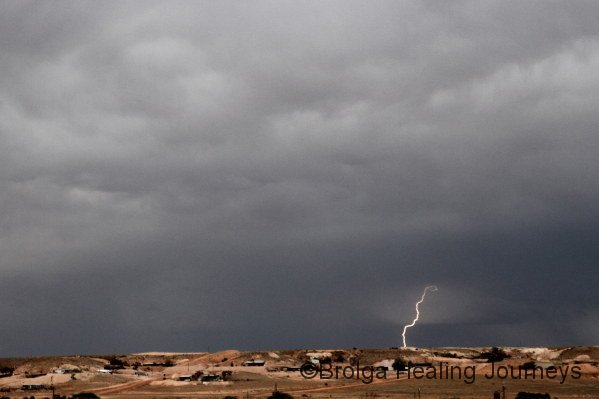

Aside from its opal mines, Coober Pedy is home to three underground churches, all of which possess an almost womb-like quality. One featured large, elaborate excavations, though we preferred the two smaller churches; they were simple, peaceful and welcoming.
Off we headed, deeper into South Australia. The countryside was fascinating. The overnight storm had obviously continued southwards from Coober Pedy, leaving water pooled across the plains either side of the highway, a rare sight in this part of the world. Much of the land in this region is usually barren – but this year after plentiful rains it was host to fields of inland heath, looking like a succession of rock gardens. Later we passed Lake Hart, one of South Australia’s salt lakes, at the moment containing a fair amount of water, then Island Lagoon, a huge salt lake, also with water.

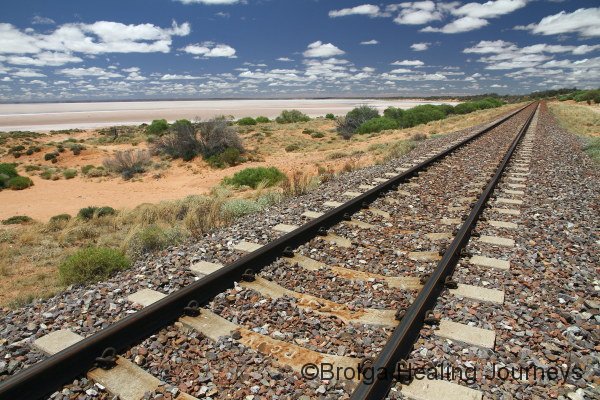
We arrived in Woomera in the late afternoon. During height of the Cold War, Woomera was off-limits to civilians, as it was home to a missile testing station jointly run by Australia and the UK. The settlement’s housing and buildings remain, all maintained in case some future crisis requires the re-population of Woomera for further full-scale testing. As it is, Defence retains a presence there and some missile testing still takes place, though far less frequently than during the halcyon days of the 1960s. There are even rumours of secret hangars still being guarded round the clock.
Woomera has an unusual feel. It would be the perfect setting for an Alfred Hitchcock thriller, with some deranged killer prowling the almost empty streets after dark. When we drove in, Woomera looked even more like a ghost-town than usual. Trees were down across roads, buildings were missing their roofs, and the two-storied units visible as we drove into the caravan park looked in serious disrepair. It was only later, as we had a drink with the caravan park proprietors at their outdoor bar (a very civilized idea, we thought), we learned that the storm we’d avoided the previous night in Coober Pedy had also hit Woomera with full force. Winds up to 130km per hour were responsible for the disheveled state of what is usually an impeccable Defence establishment. The storm also destroyed a small animal park in town, releasing the captive native birds to an uncertain future in which they would have to fend for themselves and avoid the local birds of prey.
The centre of the almost deserted town houses an outdoor museum of missiles, old spy planes and bombs. As I walked around the exhibits I couldn’t help thinking ‘boys and their toys’. In fact, very serious boys with deadly toys.
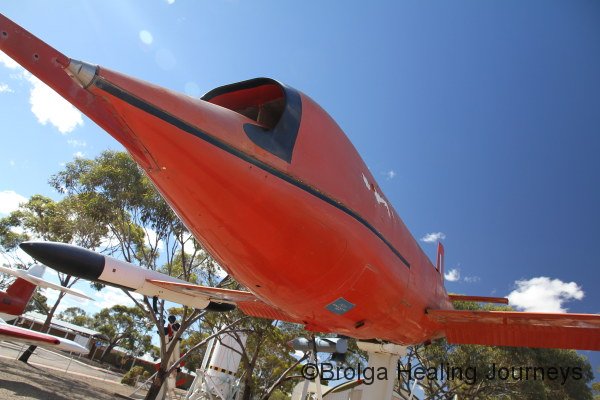
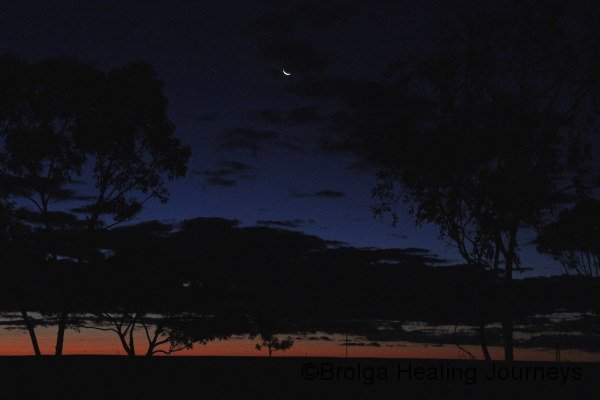

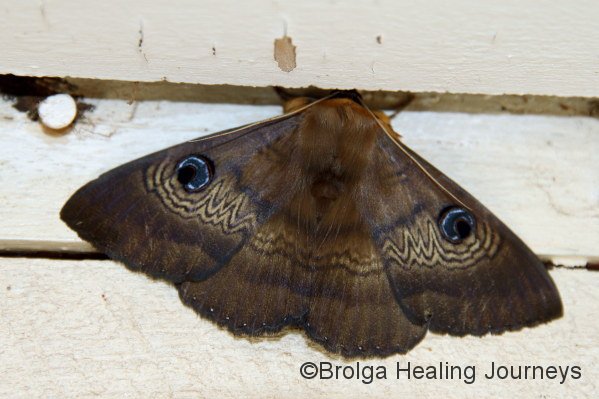
We left Woomera with good memories. It is an interesting place with a fascinating history, and its few inhabitants are friendly and have plenty of stories about their town.
Onward we went, further south. The countryside was ever changing. One minute windswept with low vegetation, the next sand-hills, spinifex and mallee, giving way to groves of large trees with shining silvery foliage. It was constantly changing all the way to Port Augusta.

From there we headed inland to Quorn, in the Flinders Ranges, staying overnight with our friends Ros and Russ. It was lovely to be reunited with them and also to be reunited with Quorn, a delightful town. That evening we ventured to Warren’s Gorge around sunset to see its colony of Yellow-Footed Rock Wallabies, surely one of the most beautiful creatures on the planet. Having first been there almost three years ago, it was great for us to see the wallabies again and also the see the area looking much healthier after better rainfall.
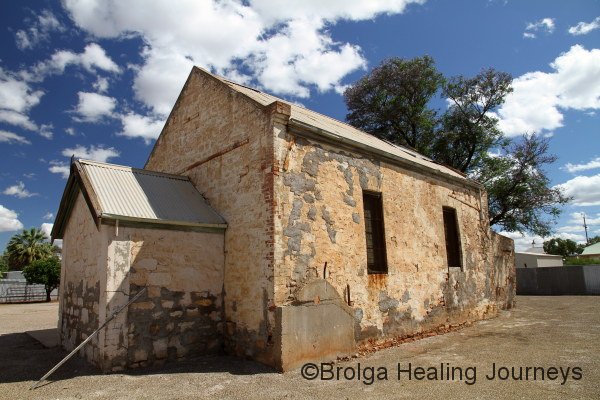



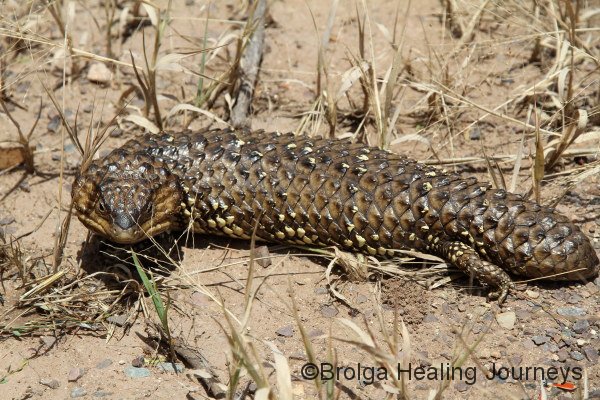
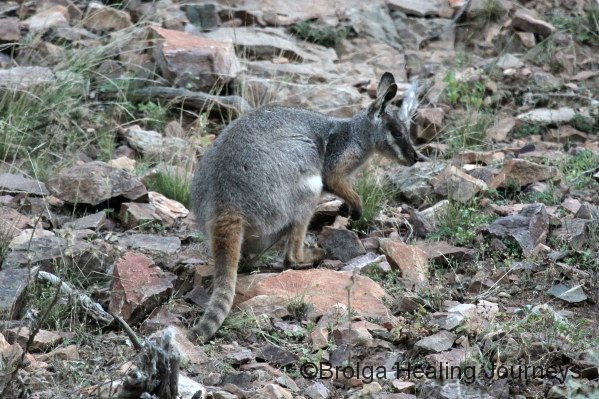
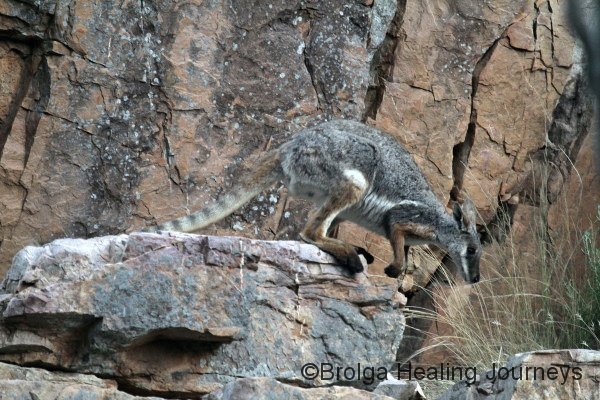
We had a few days to spare, so decided to return to the Mt Remarkable National Park in the southern Flinders Ranges. The national park is one of our favourite places, and we were dying to return. Our experiences there will be the subject of the next blog.
Peter
3 January 2011





























































Wow, what a great time you are having. I remember 10 years ago my father and I went to Scotia on our way from Wentworth to Broken Hill. Dad had donated to AWC for many years. The gate was huge, no voice contact could be made with staff so we let ourselves in and had a look around. Finally found a person to chat to. They do such good work.
They sure do Marg. It is great to see what is happening here and to be able to help out a bit. We feel like we’ve landed in heaven.
I’m hoping to put up a Scotia-specific post on the blog soon. Cheers!